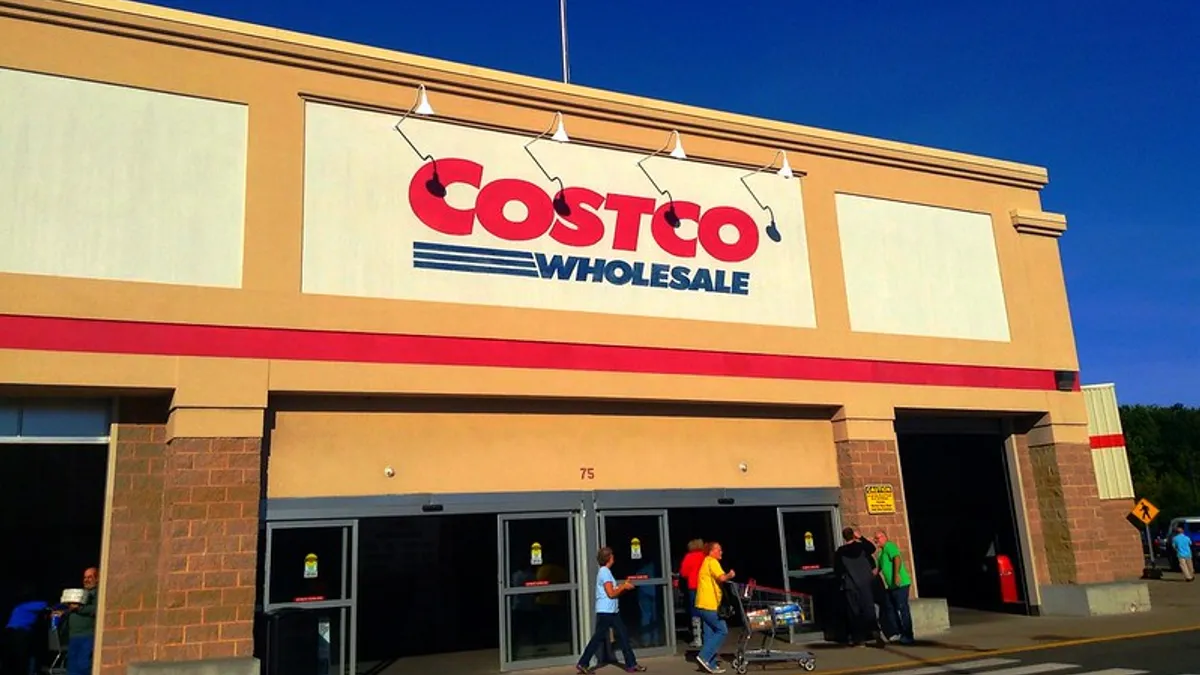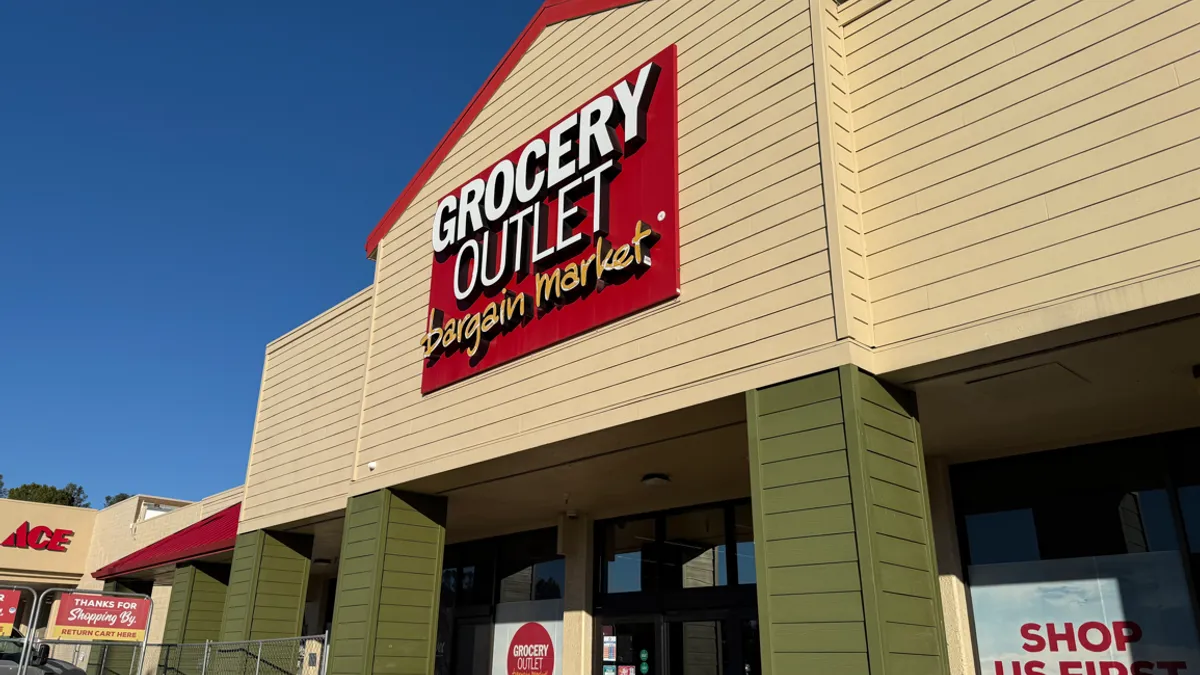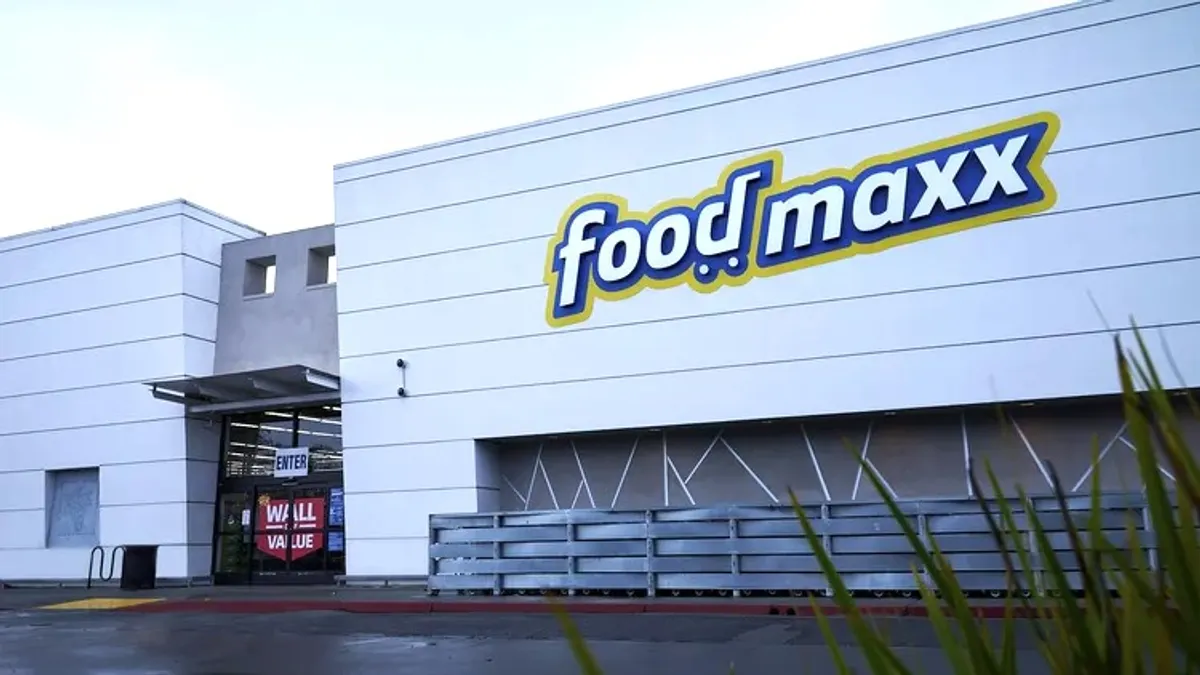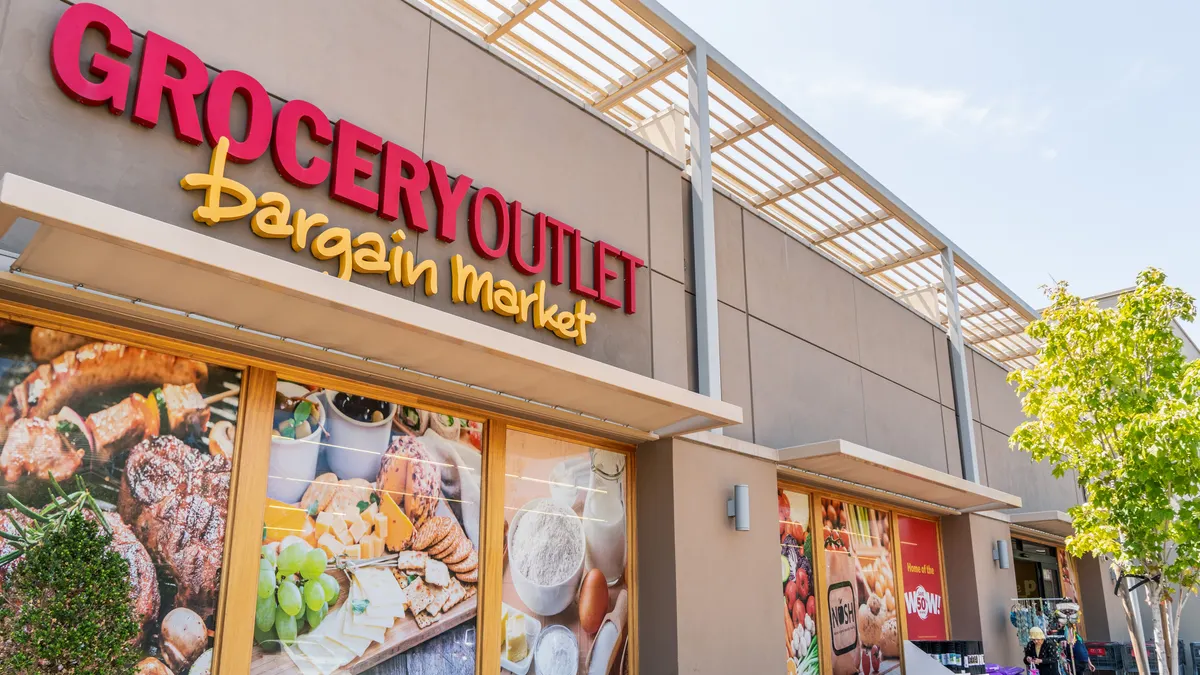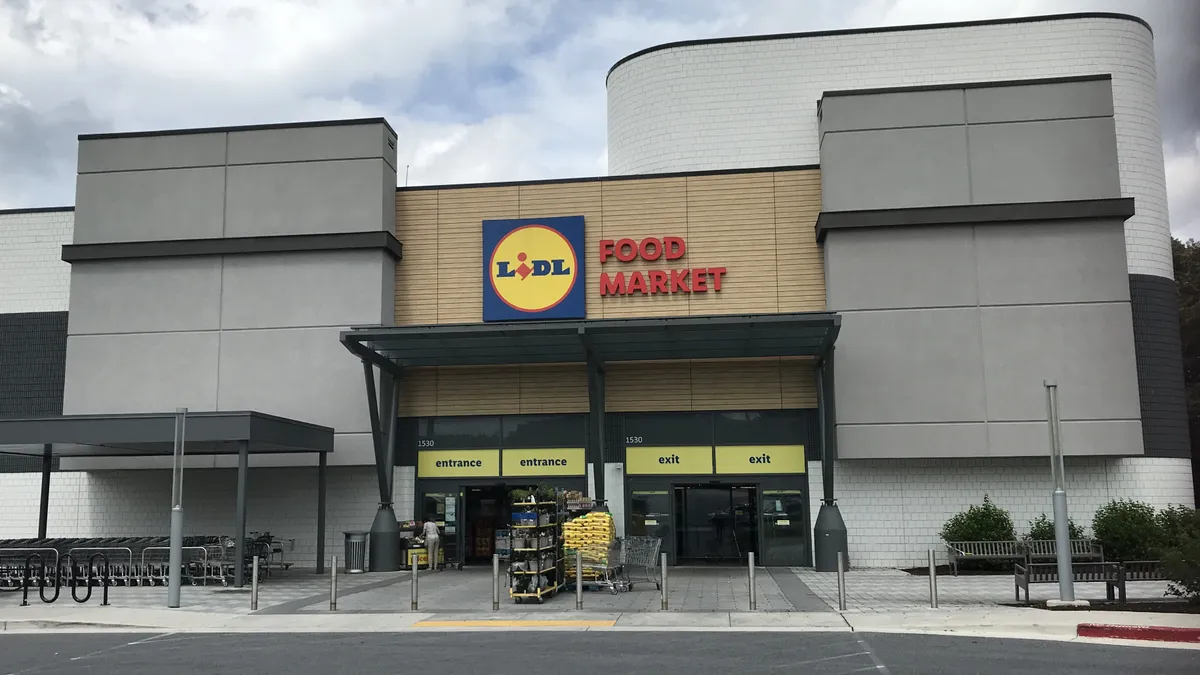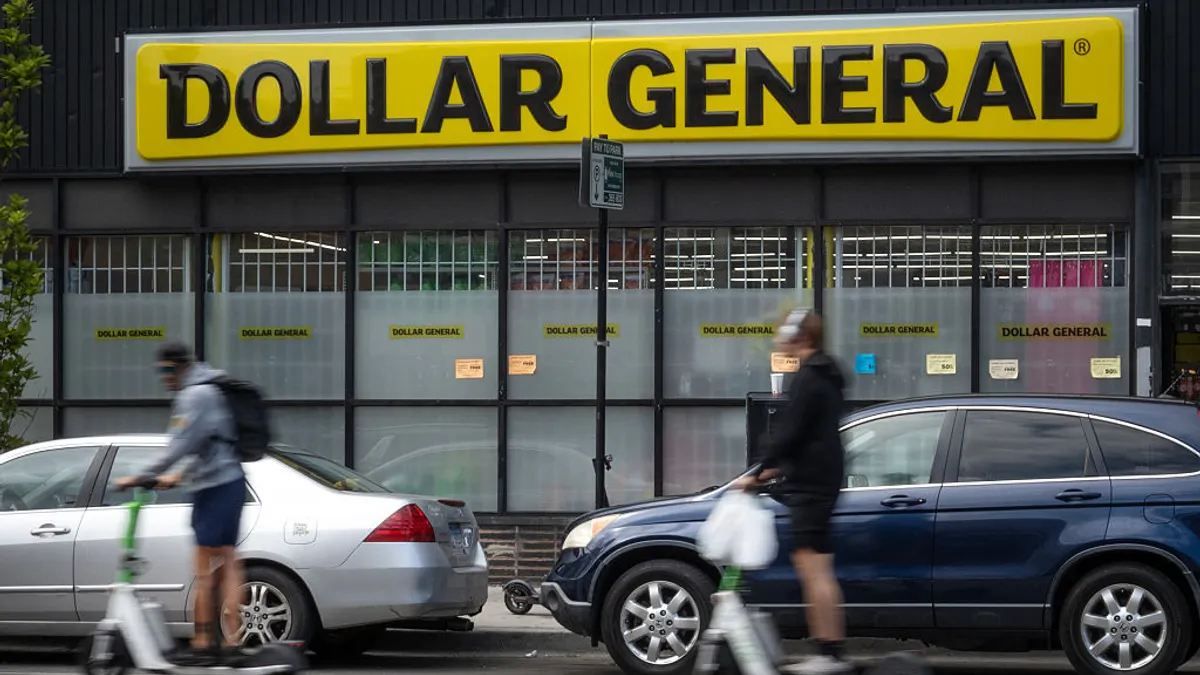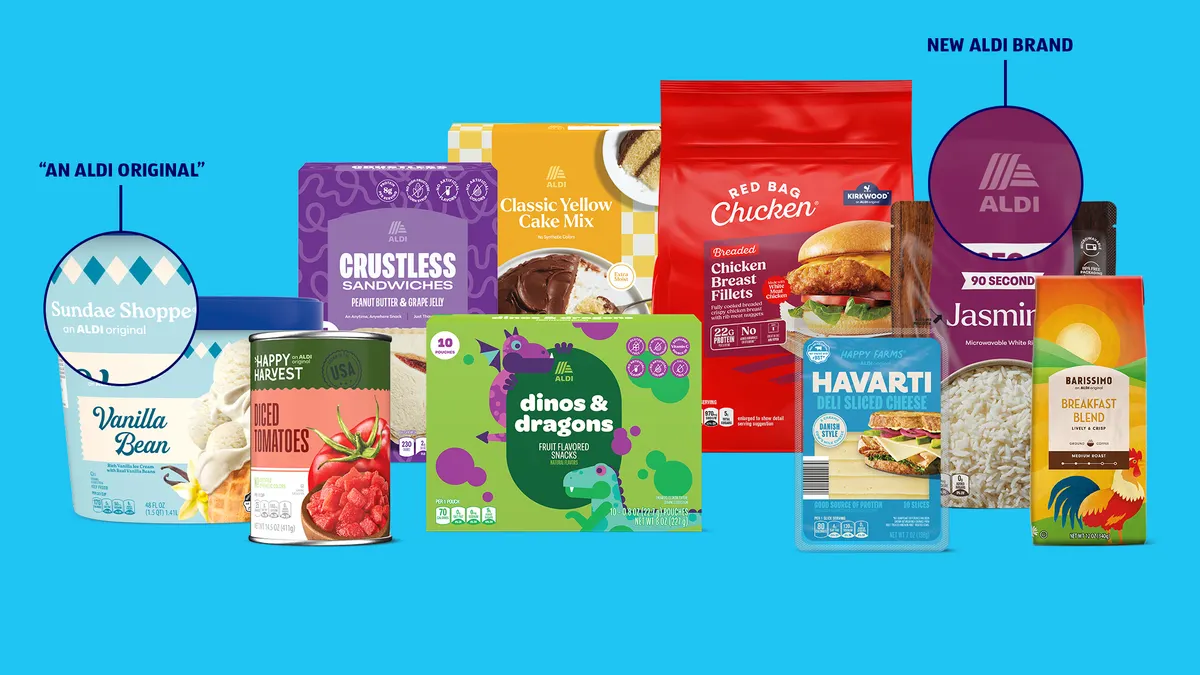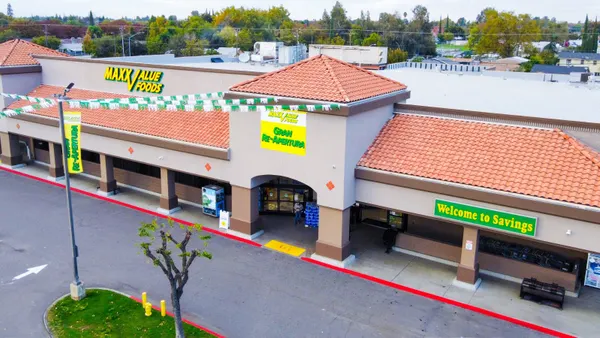Pardon the Disruption is a column that looks at the forces shaping food retail.
The grocery industry has been through a lot over the last five years.
It weathered a world-altering pandemic that upended the ways people shop and rattled global supply chains. After that came a period of inflation that had shoppers closely guarding their spending, leading up to 2025, when the Trump administration’s scattershot tariffs made consumers even more uncertain.
During these tumultuous years, grocers have been busy evolving and expanding — or at least trying to. Kroger and Albertsons failed to merge, while non-traditional players like Aldi and Sprouts Farmers Market spread like wildfire to new regions of the U.S.
Why am I looking back at the past five years with this column?
Because I think the last five years have a lot to say about what’s ahead in grocery. While the challenges during this span were unique, to say the least, I believe they tested companies in ways that reveal who’s likely to thrive over the next five, 10 and even 20 years, and who might falter. Any grocer that posted solid gains during a period of whipsawing consumer demand — from online stock-up shopping to in-store penny pinching — is built to last.
So who are the winners and losers from this unprecedented period? To answer this question, I looked at market share data collected by research firm Numerator, beginning with the 12-month period beginning in summer 2020 and ending with the year-long period concluding June 30 of this year.
What emerged is a pretty clear narrative that won’t come as a surprise to most industry watchers: Discount and specialty players are gaining share while conventional grocers are holding the line or declining. As consumer desire for low prices, product discovery and new shopping experiences grows, these non-traditional outlets are gaining serious traction with shoppers.
There’s also plenty of complexity in the data beyond this main finding, however — and that’s what I want to dig into. Here are my four key takeaways from the last five years’ worth of market share data among the U.S.’s top 20 grocers.
Walmart and Costco made sizable market share gains
Costco is a big winner
According to Numerator’s data, Walmart, in a finding that will surprise no one, gained the most grocery market share over the last five years of any major player.
But hot on its heels was club giant Costco, which went from a 7% share in the 2020-2021 period to an 8.4% share in the 2024-2025 period. It was the only retailer in the top 20 that made market share gains each year.
The club retailer’s strategy is well established: It offers curated, highly valued and frequently rotating goods that spur regular trips for value-conscious members willing to pay an annual premium for the privilege of shopping there.
Costco is known for offering good value, but what really puts it over the top is the way it promotes discovery by offering a wide but shallow assortment that’s on-trend and combines reliable staples with eye-catching new items. It’s how people go for a tub of olives and end up walking out with an inflatable kayak.
Conventional grocers, meanwhile, offer an experience that’s reliable but too often comes up short on value and discovery.
To me, Costco’s gains underscore just how important not only value but also a stellar store experience will be in the years to come.
Traditional grocers are treading water or declining
Out of the seven conventional grocery chains in Numerator’s top 20 list, only one — Publix — gained market share from mid-2020 to now. This likely comes down to two factors. One, Publix is a phenomenal supermarket chain. And two, it’s growing faster than just about any other supermarket in the country.
Strong regional chains mostly held the line. H-E-B, which is growing steadily but only operates in one U.S. state, ticked up slightly during the five-year span before settling back at its starting share of 1.9%. Wegmans, meanwhile, which operates less than half as many stores, saw its share decline just one-tenth of a percentage point.
The biggest losers were the two supermarket giants, Kroger and Albertsons — and this, of course, underscores why the two were trying to combine forces. Like Costco in reverse, Kroger’s market share declined during each 12-month period Numerator measured, dropping from a 9.8% market share to 8.5%. Albertsons’ drop was less severe but still steady, going from 5.3% down to 4.9%. Ahold Delhaize also saw a concerning drop of half a percentage point during the five-year period.
Some of the drop in market share that conventional grocers faced may be due to the high sales they experienced very early on in the pandemic, when consumers were doing a lot of stock-up shopping. But the continued decline in the following years highlights the challenges traditional grocers face in appealing to cost-conscious consumers.
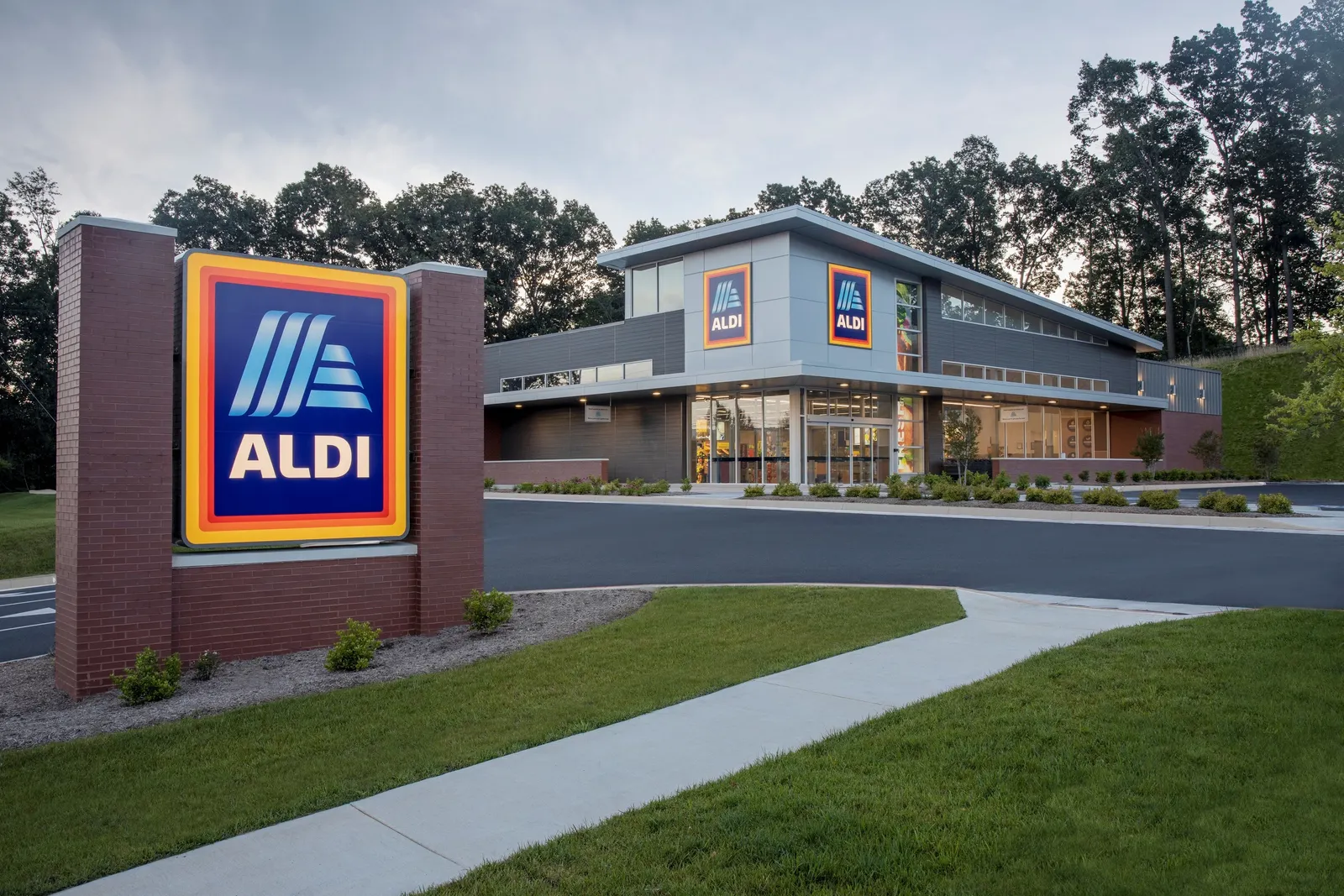
Aldi is gaining — but not as much as I expected
Aldi has made no secret of the fact that it’s expanding faster than any other grocery chain in the U.S., with around 100 stores opening every year over the past decade or so.
Given this, I expected the discount chain’s market share growth over the five-year period to be greater than it was. Between the 2020-2021 period and the 2024-2025 period, the company gained just three-tenths of a percentage point, to 2.8%.
So what gives? The data is a helpful reminder that, for all the noise Aldi makes, it still commands just a fraction of the grocery market. It also has a lot of competition in the value segment of the industry, with giants Walmart and Costco controlling a significant portion of spending. Aldi is also contending with smaller discount players like Lidl and Grocery Outlet that are growing rapidly as well.
And yet, I expect we will see Aldi’s market share growth spur ahead in the years to come because the company has accelerated its growth trajectory, with plans to open more than 200 new and converted stores this year alone. Aldi’s increasingly assertive marketing strategy is likely to pay off, as well. Its recently announced Times Square store is an example of its outside-the-box approach to spreading brand awareness.
Walmart’s share growth has plateaued recently
For years, Walmart has commanded the top spot in U.S. grocery market share. Its lead is so large that its 21% share is larger than Kroger’s and Costco’s combined. Add Albertsons to that list, and the three stragglers just barely edge out Walmart.
The supercenter retailer’s massive footprint, aggressive pricing and first-mover advantage on omnichannel innovation have made it a force to be reckoned with. But it’s interesting to see that its market share growth has more or less leveled off over the last three years, according to Numerator’s data.
This may reflect pandemic-era consumer dynamics. Walmart’s steep market share growth early in the five-year period likely reflects how heavily consumers relied on the retailer for online and in-store stock-up trips. The shift in shoppers’ anxieties from concerns over COVID-19 to concerns over affordability wasn’t enough to push the company further ahead.
Walmart is also undoubtedly feeling the heat from club competitors, discounters and specialty retailers as consumers show their willingness to shop around for deals. Aldi likes to place its stores really close to Walmart’s. And while the mega retailer has boasted about attracting more high-income shoppers recently, those shoppers are also the target demographic for Whole Foods Market, The Fresh Market and many other upmarket chains.
As Walmart reignites store growth and continues to expand its online shopping ecosystem, there’s a good chance we’ll see its market share growth regain steam. The Bentonville Bruiser is simply too large and innovative to stay stuck for very long.


